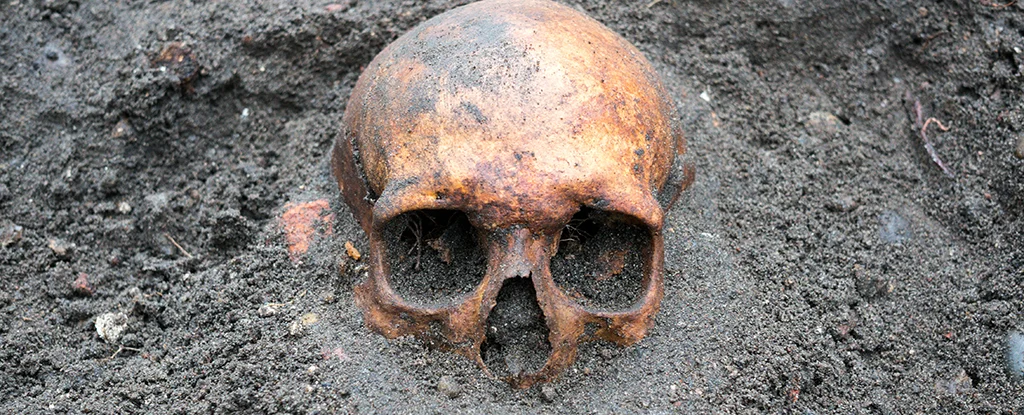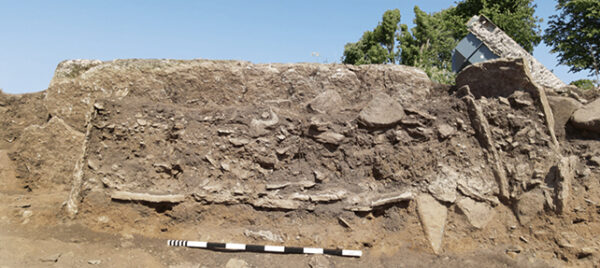All skulls lost in one of Sweden’s ancient tombs
- February 2, 2024
- 0
Exploring ancient burial sites is a fascinating (but painful) way to peer into the past, but some searches can raise more questions than answers. Take, for example, these
Exploring ancient burial sites is a fascinating (but painful) way to peer into the past, but some searches can raise more questions than answers. Take, for example, these

Exploring ancient burial sites is a fascinating (but painful) way to peer into the past, but some searches can raise more questions than answers. Take, for example, these early Neolithic skeletons found in a Swedish grave, all of which are missing skulls.
The stone burial chamber (or “dolmen”) in question was found in Tiarp near Falköping and was excavated by researchers from the University of Gothenburg in Sweden and the University of Kiel in Germany. They managed to catalog body parts from the remains of at least 12 people, though not all.
At least right now, experts can’t explain where the heads went, why they were taken, or whether they were actually buried. This could have been a theft, a ritual, a series of beheadings, or something else, but there are no signs in the remains to suggest they were abused while alive.

“This is an early burial dating back to the early Neolithic period, around 3500 BC,” says archaeologist Karl-Goran Sjögren from the University of Gothenburg.
“Skulls and large bones may have been lost and exhumed. “We don’t know if this is due to burial rituals or what’s behind it.”
Of course, there has been a lot of decay over the last few thousand years, but that doesn’t explain why most of the smaller bones at the site are still intact, while skulls and some other large bones are missing.
Although the gruesome phenomenon has been reported before, it is not something archaeologists often encounter: An even older site in Slovakia found skulls missing, suggesting decapitation, disease and death cults as possible explanations.
“This is different from what we usually see in megalithic tombs, which are stone burial chambers from the Neolithic period,” says Sjögren. “The bones that are usually missing are the smaller bones in the legs and arms.”
In addition to human remains, the team was also able to identify rodent, frog, pig, sheep or goat bones; However, these bones may not all belong to the same time period.
Although Falköping is an area well known for its passage graves (a special style of burial involving passages), this site is more unusual. It is 150-200 years older than most others and has some distinctive design features.
The team is now working hard to learn more about the excavated parts of the skeleton, which most likely belonged to the farming community. For example, being able to evaluate whether the adults and young people in the grave are related to each other will help understand what exactly happened here.
“Preliminary DNA results show that the DNA in the bones is well preserved,” says Sjogren. “This means we can reconstruct family relationships between people in the grave, and we’re working on that right now.”
Source: Port Altele
As an experienced journalist and author, Mary has been reporting on the latest news and trends for over 5 years. With a passion for uncovering the stories behind the headlines, Mary has earned a reputation as a trusted voice in the world of journalism. Her writing style is insightful, engaging and thought-provoking, as she takes a deep dive into the most pressing issues of our time.